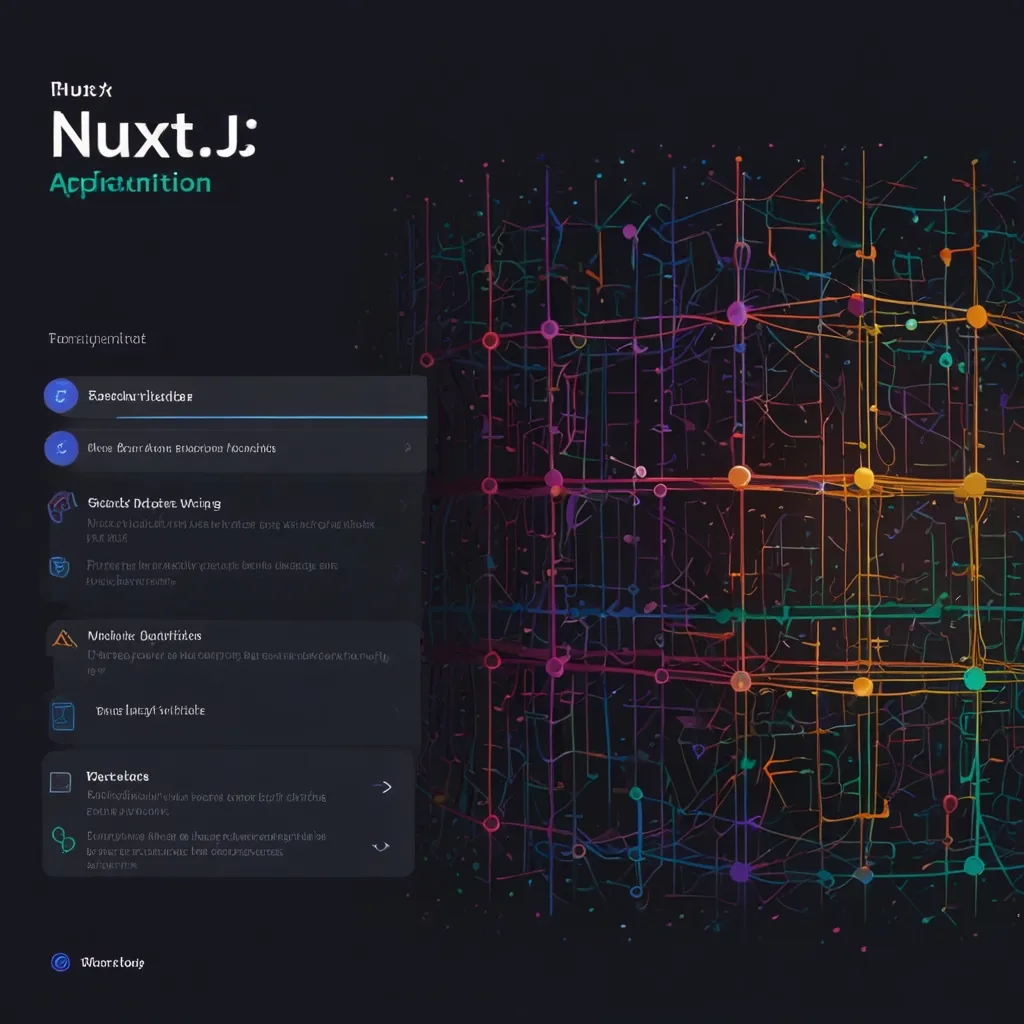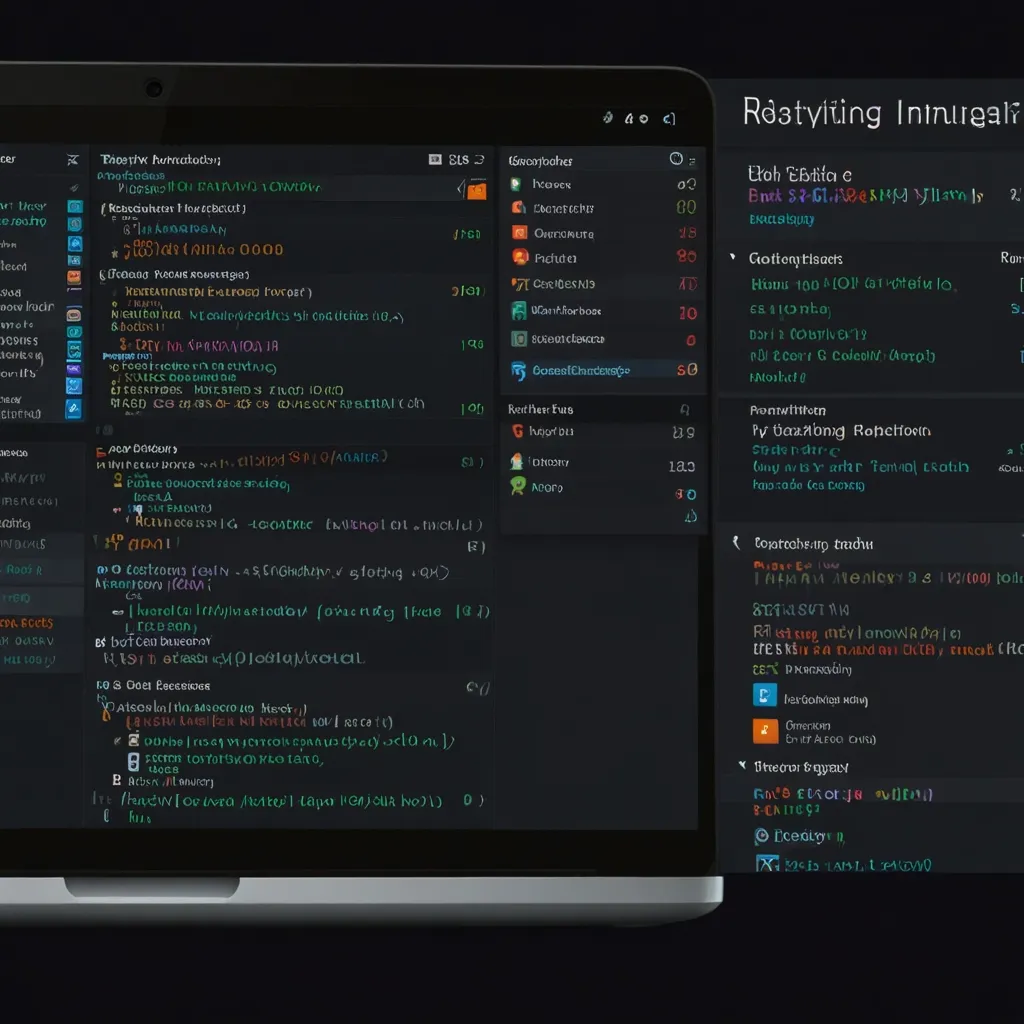A Simple Guide to JHipster
Imagine having a tool that can streamline your web app development right from generation through to deployment – that’s JHipster in a nutshell. Whether you’re knee-deep in building a Spring Boot backend or dabbling with modern frontend frameworks like Angular, React, or Vue.js, JHipster is your go-to platform. In this guide, let’s dive into everything you need to get rolling with JHipster and make your dev work a breeze.
Getting Started
Alright, so first things first, before you even think about starting a JHipster project, you’ll need Node.js and Yeoman installed on your machine. It’s like putting gas in the tank before starting a road trip. Once these are in place, all you need to do to kick off your JHipster adventure is run yo jhipster in your terminal. A series of prompts will follow, guiding you through configuring your new application. Think of it like setting the foundation: you’ll get to choose things like your preferred frontend framework (Angular, React, or Vue.js), database, and the authentication method. Simple, right?
Project Structure Explained
JHipster sticks to a pretty standard project structure, making everything easy to navigate. At the root of your project, you’ll find configuration files for tools like Git, Prettier, ESLint, and Husky. The actual application code lives in the ‘src’ directory, meticulously organized into Java and frontend folders. It’s like having a neat, well-organized room.
For example, if you have a Spring Boot application, you’ll find your Java classes under src/main/java, and configuration files like application.yml in src/main/resources. As for your frontend code, it nests comfortably in src/main/webapp, whether you’re using Angular, React, or Vue.js.
Enter Blueprints
One of the coolest aspects of JHipster is its support for blueprints. Think of blueprints as custom modules that let you override JHipster’s default templates. For instance, if you fancy doing your server-side code in Kotlin instead of Java, JHipster’s got you covered. Just run the following command:
jhipster --blueprint kotlin
This command ensures that your blueprint references get saved in the .yo-rc.json file, applying them to future sub-generators like entity, spring-controller, and spring-service.
Handy Command-Line Options
Customizing your JHipster project is as simple as using a few command-line options. Want to skip the client-side stuff? Use --skip-client. Not in the mood for server-side generation? Run --skip-server. Here are a few notable options:
--skip-client: Skips generating the client-side app--skip-server: Leaves out the server-side app--skip-user-management: Ignores user management features--incremental-changelog: Activates incremental Liquibase changelogs
Database and Schema Basics
JHipster seamlessly integrates with databases like MySQL, PostgreSQL, and MongoDB. When setting up your project, you’ll get to choose which database to use, and JHipster will handle most of the configuration. For example, opting for MySQL means providing your database URL, username, and password in the application.yml file.
To manage your database schema, JHipster employs Liquibase. Using incremental changelogs, you can handle schema changes without the hassle of manually generating diffs or recreating the database. Essentially, Liquibase will create the necessary changelogs by comparing the old and new states of your entities.
Development Made Simple
JHipster brings several nifty tools for development. Docker, for instance, can run your application and its dependencies in containers. This is perfect for testing and ensures your development environment remains consistent.
To fire up a PostgreSQL database in a Docker container, you can run:
docker compose -f src/main/docker/postgresql.yml up -d
This command starts the PostgreSQL service in the background. To build and run your app with Docker, follow these commands:
npm run java:docker
docker compose -f src/main/docker/app.yml up -d
These will build a Docker image of your app and start it with its dependencies.
Ready for Production
Once you’re set to deploy your app to production, JHipster offers several options to prepare your app for the spotlight. You can build an executable JAR or WAR file using Maven or Gradle. For instance, to build a production-ready JAR file with Maven, run:
./mvnw -Pprod clean verify
This creates a jhipster-0.0.1-SNAPSHOT.jar file in the target directory. Prefer a WAR file? Modify the pom.xml to change the packaging to war and tweak the dependencies accordingly.
Custom Context Path and Monitoring
Sometimes, you’ll need to specify a custom context path for your backend. You can either pass it as a parameter when running the application:
java -jar jhipster.jar --server.servlet.context-path=/jhipster/
Or, configure it in the application.yml file,
server:
servlet:
context-path: /jhipster/
JHipster also packs monitoring support using Micrometer. While in development, metrics are accessible through JMX. In production, they’re exposed on an endpoint suitable for Prometheus scraping.
Sharing Components
If there’s a need to share components like entities, repositories, or services across multiple projects, you might be inclined to set up a separate project. However, this might mean losing some of Yeoman’s generator benefits. A better option could be declaring your JHipster project as a dependency in other projects, leveraging the full refactoring capabilities from Yeoman.
Best Practices
When working with JHipster, a few best practices can save you from common pitfalls:
- Parent Projects: If you’re using your parent project instead of the Spring Boot parent, ensure you understand its impact on dependency management and build processes.
- Docker Love: Embrace Docker for simplifying your development and test setups.
- Monitor Diligence: Use the built-in monitoring tools to keep tabs on performance and health.
- Organized Code: Stick to JHipster’s standard project structure to maintain organized and maintainable code.
Wrapping Up
JHipster is a powerful ally in generating and deploying modern web applications and microservices. By understanding its features and embracing best practices, you can streamline your development process and build robust, scalable applications. Whether you’re pushing out a monolithic application or navigating a microservice architecture, JHipster equips you with the tools and flexibility to succeed. So, gear up and make your development journey smoother with JHipster!






